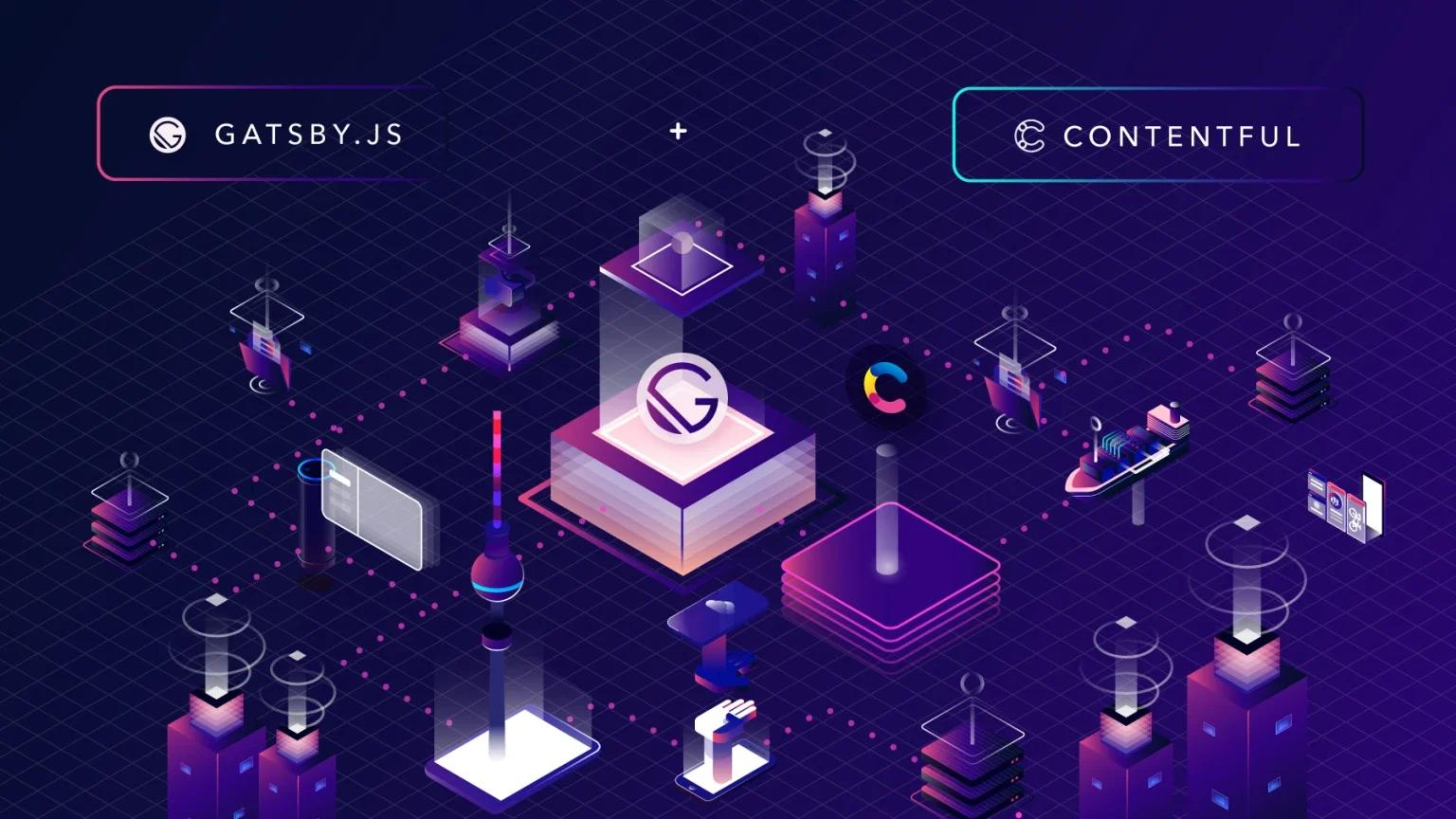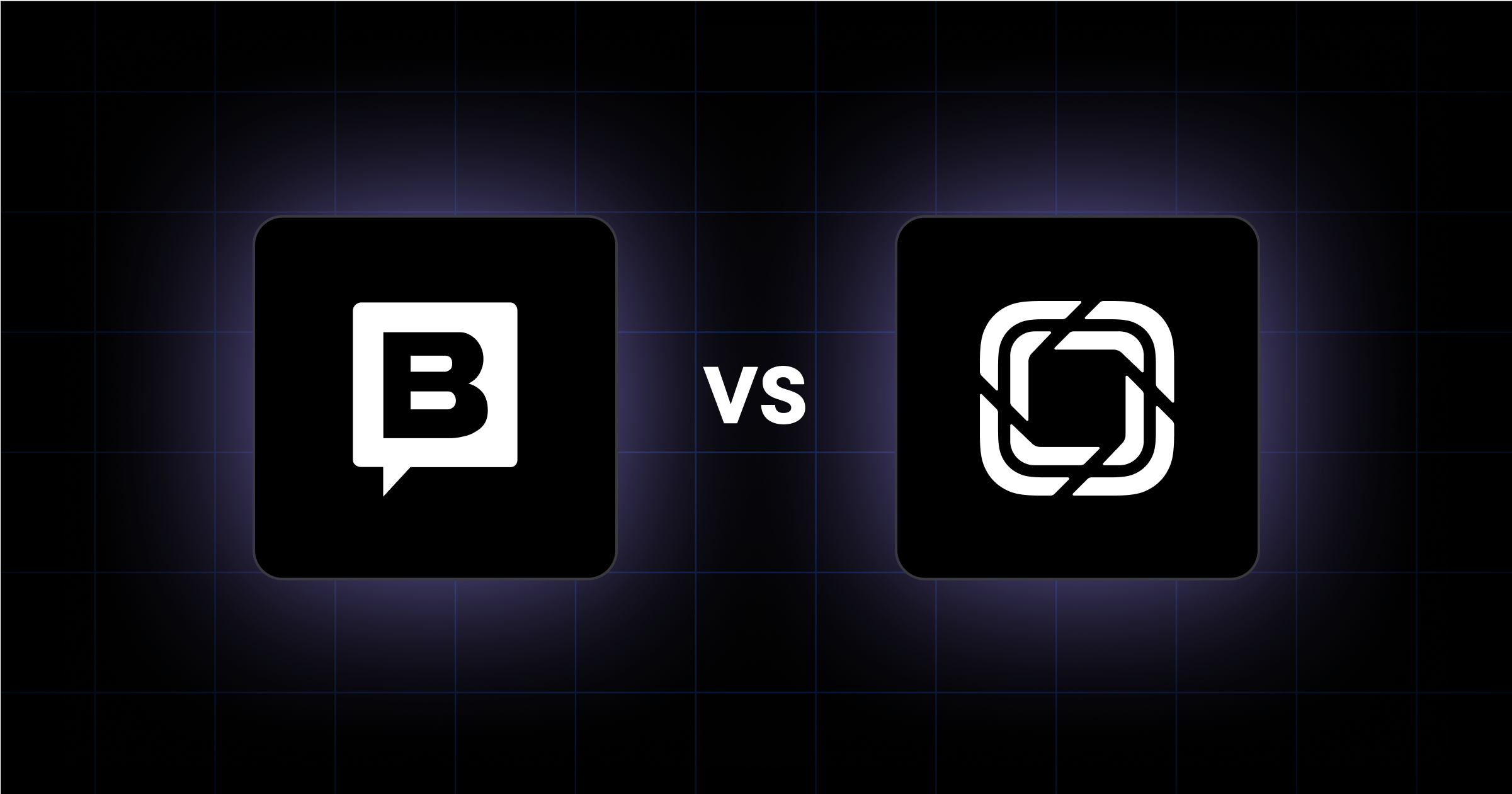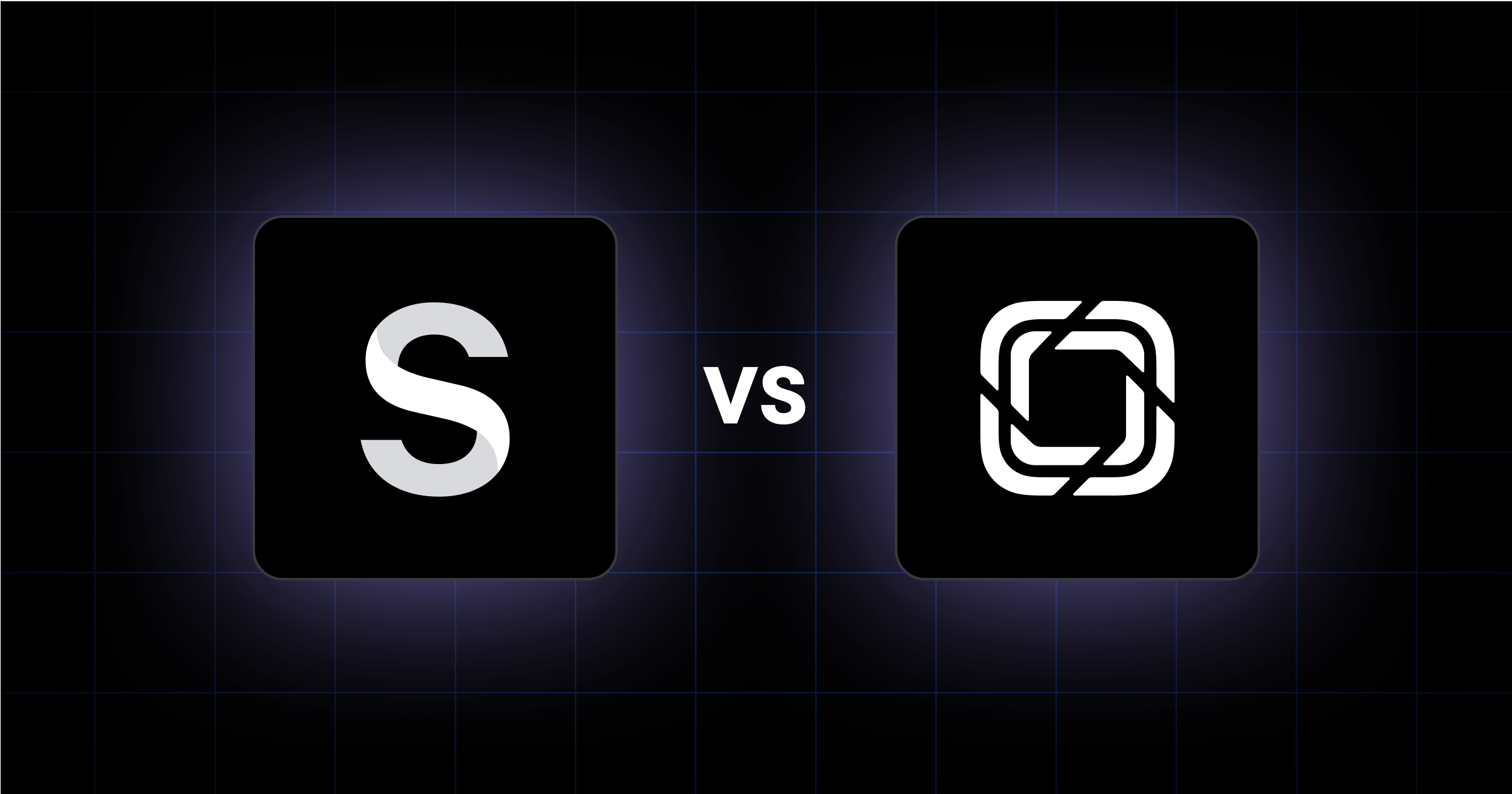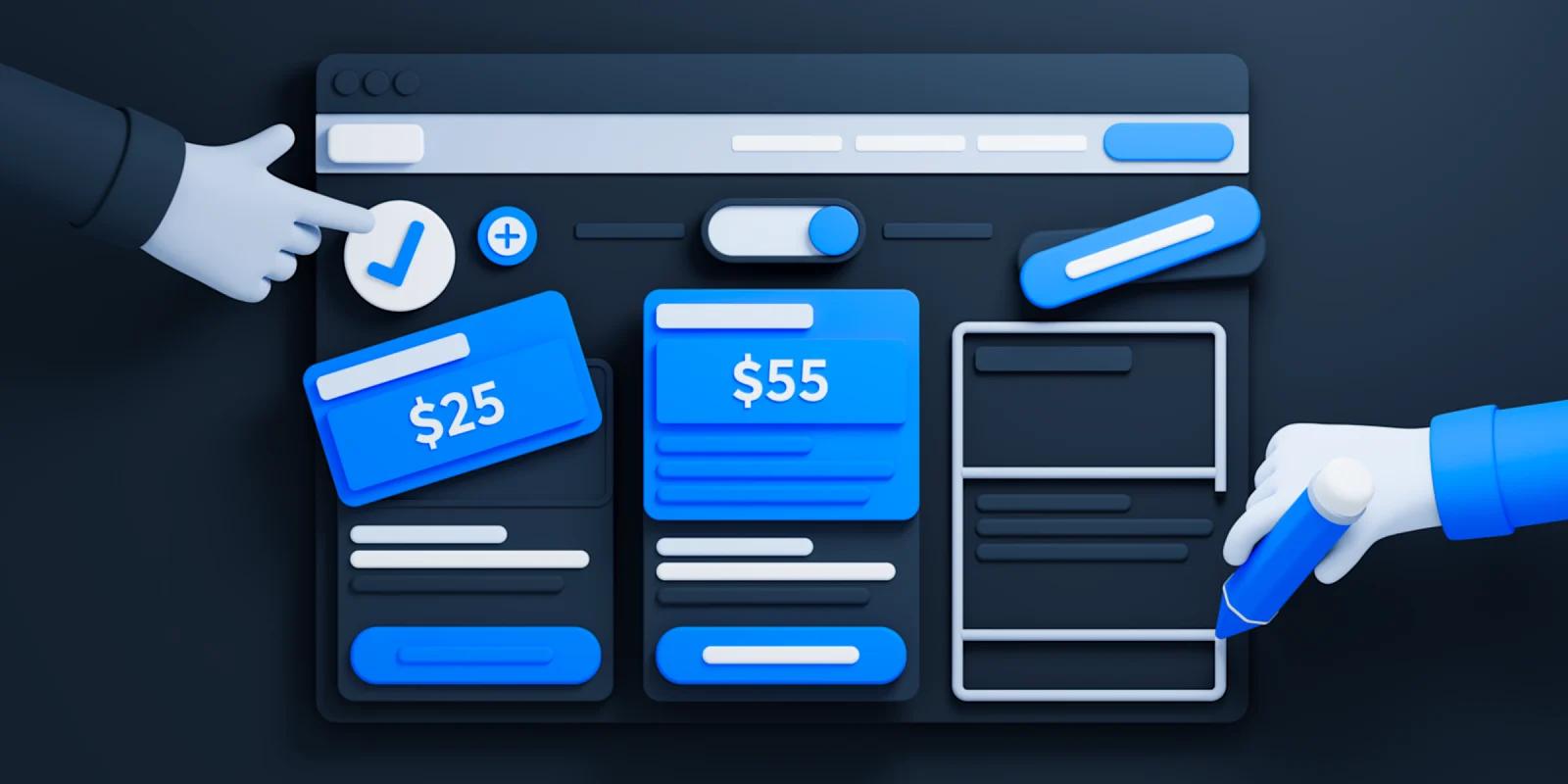To some, it may be alarming to learn that the Headless CMS Software Market was valued at $328.5 million in 2019, and is expected to grow at an annual growth rate of 22.6% from 2021-2026.
To early adopters (like the fastest-growing enterprises today), it is no surprise. The ability to deploy a beautiful, high-performing experience with a decoupled content infrastructure on a custom front-end framework is superior to any website experience deployed on open-source software.
In this article, we’ll share seven reasons why it’s time to invest in a content management system that will help scale your web operations for the future.
7 Reasons to Migrate to Headless CMS
Here are 7 reasons why headless CMS platforms like Contentful will become the new normal for organizations looking to scale in the 2020s.
1. Web Page Rendering is Outdated
Web page rendering is the process of turning web code into the interactive web pages users see when they open a website.
The downside of web page rendering is that browsers always send requests to the webserver for the folder containing all the web code (e.g. HTML, CSS, and JavaScript). It is then sent to the user’s browser.
Because JavaScript is a popular choice for rendering web pages, many search engine bots struggle to process the language readily. This will have a mighty impact on user experience and search engine optimization strategies.
A headless CMS accounts for core web vitals, measures used to evaluate the overall performance and responsiveness of a website. Deploying a headless CMS involves static site generation, meaning the browser doesn’t have to request the code folder every time a user opens a web page.
This is made possible with client-side rendering, a rendering method that allows developers to build websites entirely rendered in the browser using JavaScript. That way, the browser doesn’t have to fetch the code of files each time a user requests to open a web page.
This dynamic duo of a headless CMS and client-side rendering will increase page load time, render JavaScript code readily, and make content easier for search engines to crawl.
2. A Headless CMS is API Exclusive
We stated earlier that a headless CMS runs exclusively on API calls.
Because the headless architecture keeps the content management system and front-end separate, organizations have zero restrictions on where and how content is shipped.
Marketing teams can create content within the headless CMS and front-end developers have full autonomy over how and where content will be presented.
The beauty of a headless CMS is that content can be shipped to a multitude of devices. A monolithic CMS is limited to sharing content to websites. With a headless CMS, the options extend to include Progressive Web Apps (PWAs) and Single Page Applications (SPAs).
Content doesn’t only have to be landing pages and blog posts. Equally important, a headless CMS is built to support other types of content such as email banners, pop-up forms, and news feeds.
3. Security on All Levels with a Headless CMS
Monolithic CMS platforms come with security risks.
Because a monolithic CMS is more convenient, the security risk is higher due to the amount of code, out-of-the-box plugins, and files required for built-in functionality.
Monolithic CMS platforms like WordPress offer plug-ins to add specific features to a website such as form plugins, widgets, and web packs. Unfortunately, these plug-ins aren’t always the most secure and make websites vulnerable to unwanted hackers.
With a headless CMS, piles of files are non-existent because a database is not required to publish content across devices. You cannot access the content from a CMS database as you would on a monolithic CMS. APIs fetch the content from the content repository and deploy it to the front-end.
The idea behind keeping the content repository separate from the front-end is crucial when hackers are attempting to hack into a website. The housed content is completely separate from the displayed website, keeping hackers from messing with the experience of the website and stealing valuable data.
Not only that, but headless platforms allow for secure third-party integrations.
4. Web Development Teams Own the Front-end UI
A headless CMS is any developer's dream. They have full flexibility when it comes to deploying high-performance websites with a headless CMS.
Development teams can choose to work with modern JAMstack frameworks to build a custom front-end that works best for the project at hand.
The catch: you need to have a team of front-end developers that are skilled enough to build and maintain the website using the front-end solutions they select.

Headless CMS platforms are front-end agnostic. Development teams can use modern frameworks like Gatsby.js or Next.js to build the perfect front-end from scratch.
Web developers can also use more advanced and secure platforms like Github for version control, keeping track of all changes that are made to the code to ensure consistency is met across the codebase.
Why is flexibility important for developers?
Developers can go above and beyond by using their favorite tools. Building a high-performance website that will not only make developers proud of their work but also create a memorable web experience for users is a win in itself.
5. Content Models Give Content Publishers Full Control at Scale
While content teams will not get the full "what you see is what you get (WYSIWYG)," experience that they’re used to getting from a monolithic CMS, it’s not a deal-breaker.
Here’s why.
Content marketers are stuck with the preprogrammed models that monolithic CMS platforms offer. Essentially, they’re stuck in a box.

Headless CMS platforms like Contentful are so popular right now because they allow content creators to build custom, reusable content models that are equipped for just about anything: landing pages, blog posts, pillar pages, and so on.
Content models break down content into individual components that can be applied anywhere on the website. For example, you can have a go-to CTA button that can be applied to an individual blog post or on the landing page of a gated asset.
Content creators aren’t forced to create a new element every time they want to publish a new piece of marketing collateral. As GraphCMS puts it, "copying and pasting content for different platforms are simply unscalable."
But it all depends on how you define each component. It starts by organizing the types of content that teams want to create and defining how each relates to the other.
By doing so, teams can minimize overhead costs, time in the day, and most importantly, development resources that we all know are hard to come by.
6. Reusable Content Entries Reduce Global Content Updates
Have you ever needed to edit multiple pages that include a text-based CTA element because the copy changed? This single-use content asset process slows down editors.
With pre-established content models and reusable content entries, content teams will enjoy a faster editing experience by making one content edit that is replicated globally.

The headless structure allows teams to make content changes all at once, making content more future-proof.
7. The Best CMS for High-Performing Websites
The increased demand for headless CMS platforms is not new. In 2019, headless CMS adoption rates were expected to double entering 2020, and this trend is continuing.

Shopmonkey, an auto repair shop management software, adopted a headless CMS solution using DatoCMS to improve many areas of their customer experience.
We’re core believers that brands must treat their website as a product to stay competitive in the digital world, and companies like Shopmonkey agree.
Having the latest modern technology stack is crucial for brands who wish to stay agile and scale in their respective industries.
Headless CMS platforms certainly fall into this category of “modern solutions” because they’re built to meet the demands of consumers on any channel you can think of.
Why Our Clients Choose Headless CMS Websites
As a Contentful partner, we've seen many venture-backed startups experience rocketship-like growth by migrating to a headless CMS website.
For some organizations like UpKeep, multiple WordPress websites were consolidated into one headless architecture solution to serve all their customer's needs.
In other instances, brands look to improve web performance metrics like page speed, time-to-first-byte (TTFB), and first contentful paint (FCP), and build a seamless integration between their marketing and sales tools, like ServiceTitan.
A headless solution is the go-to-market CMS solution that can meet the needs of the world's fastest-growing brands in need of a powerful marketing website.




